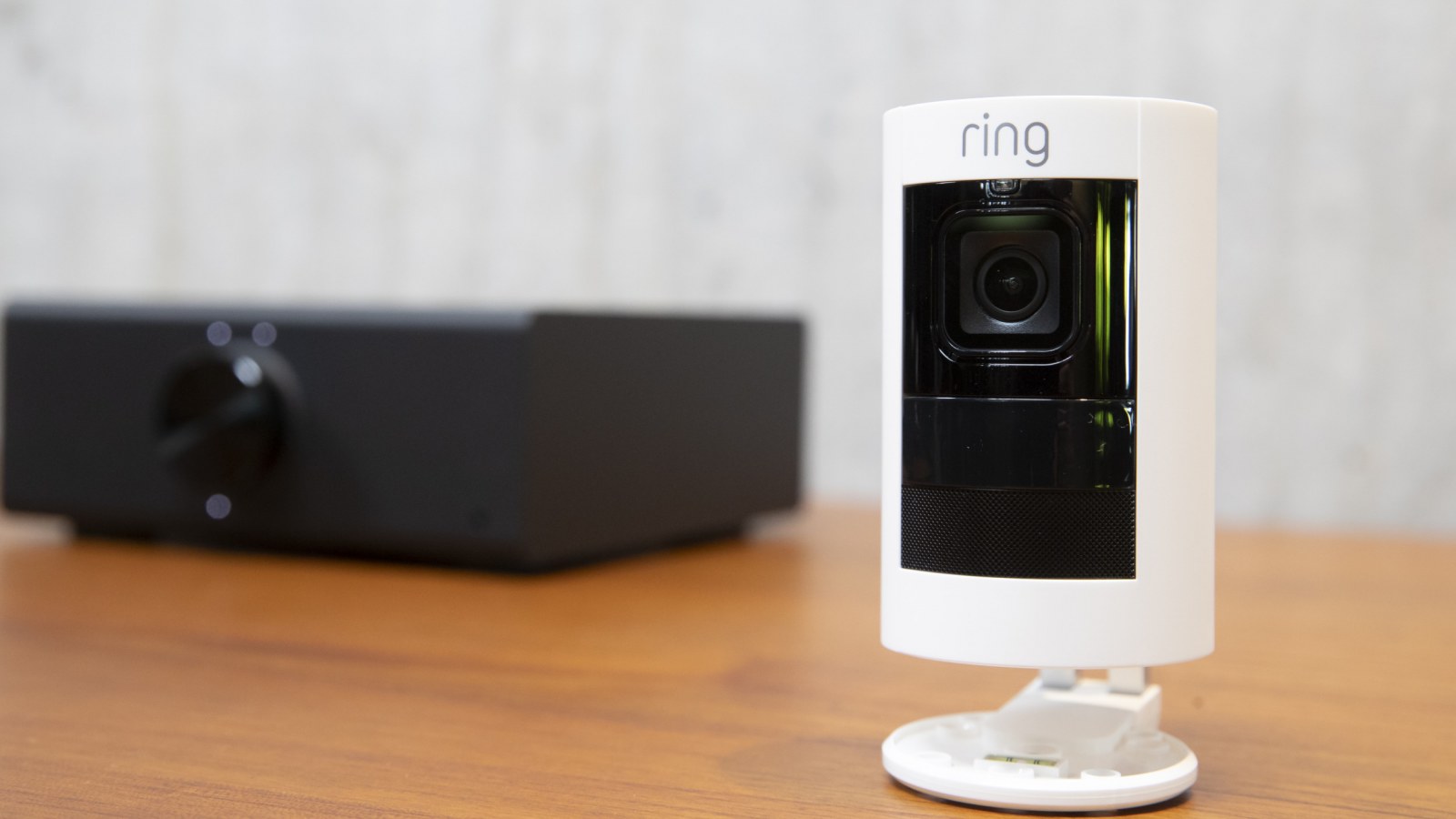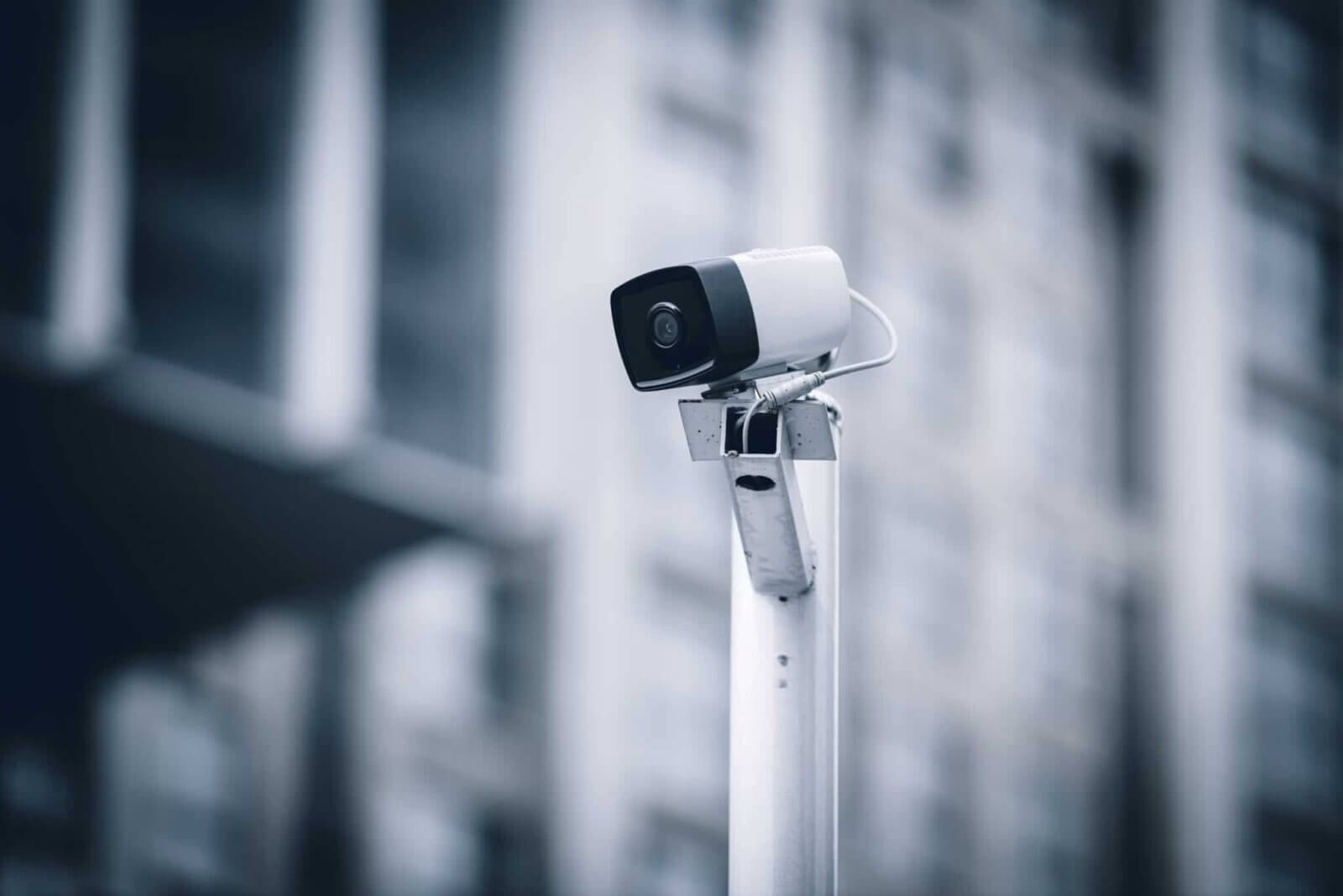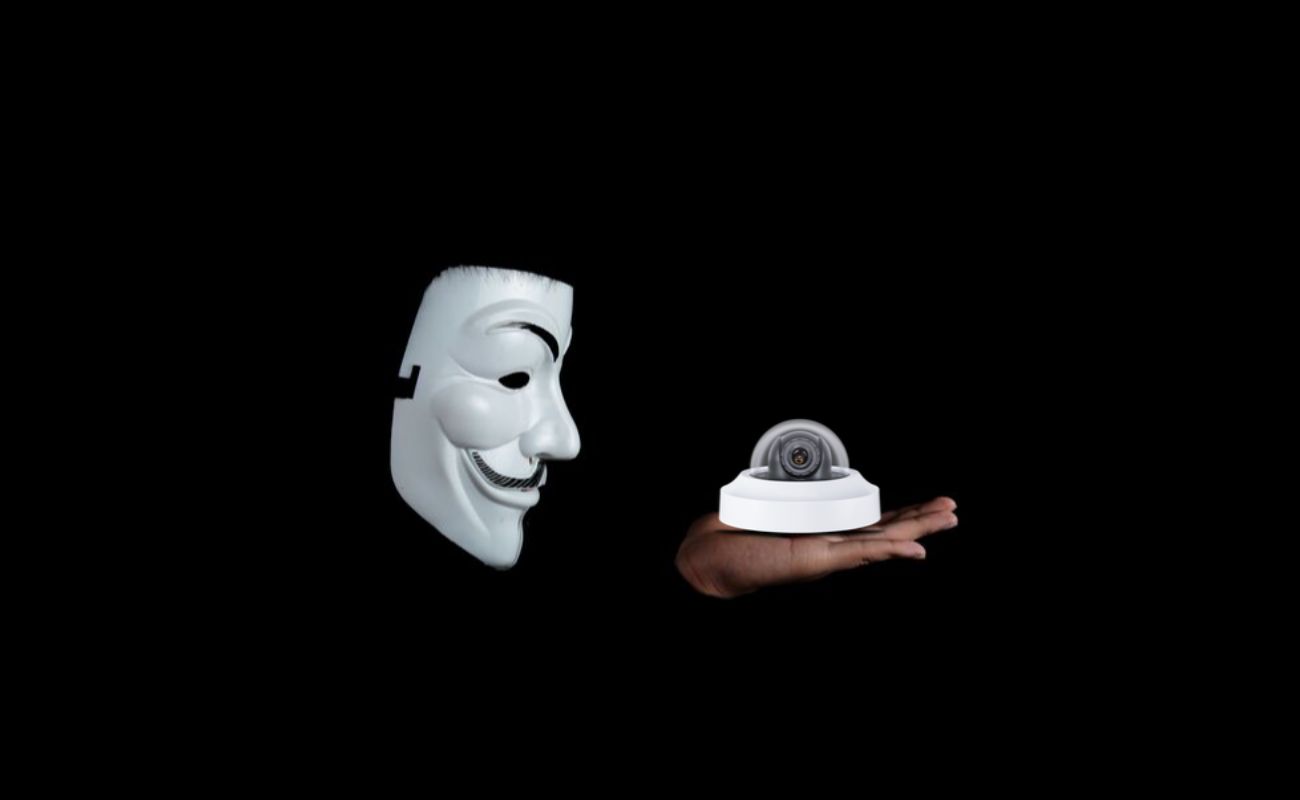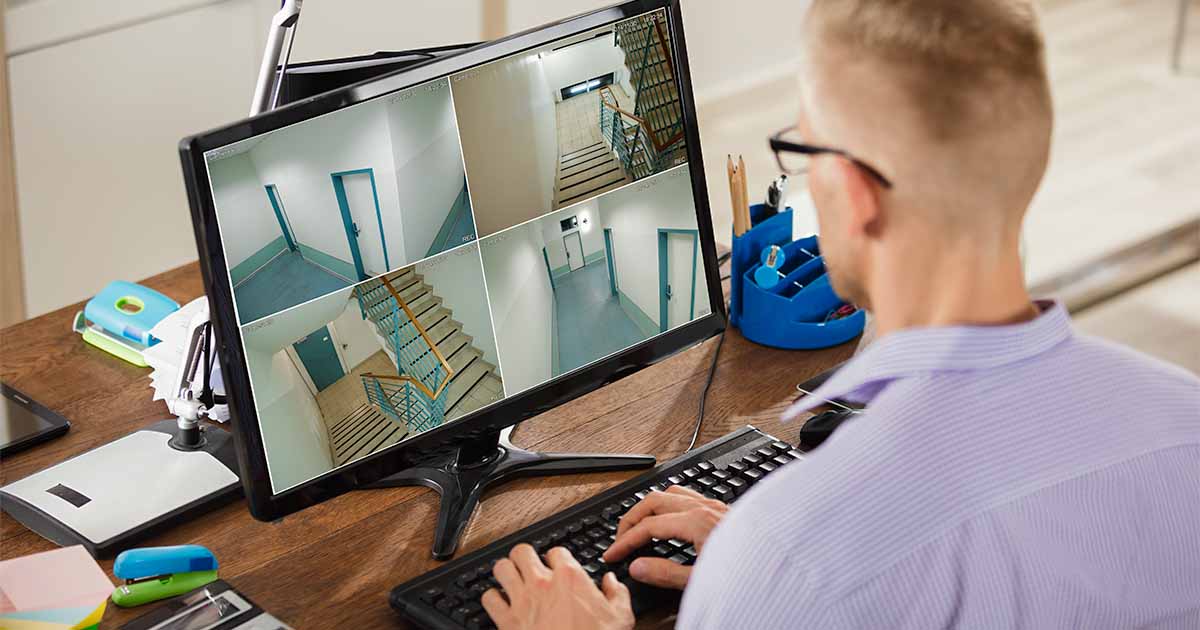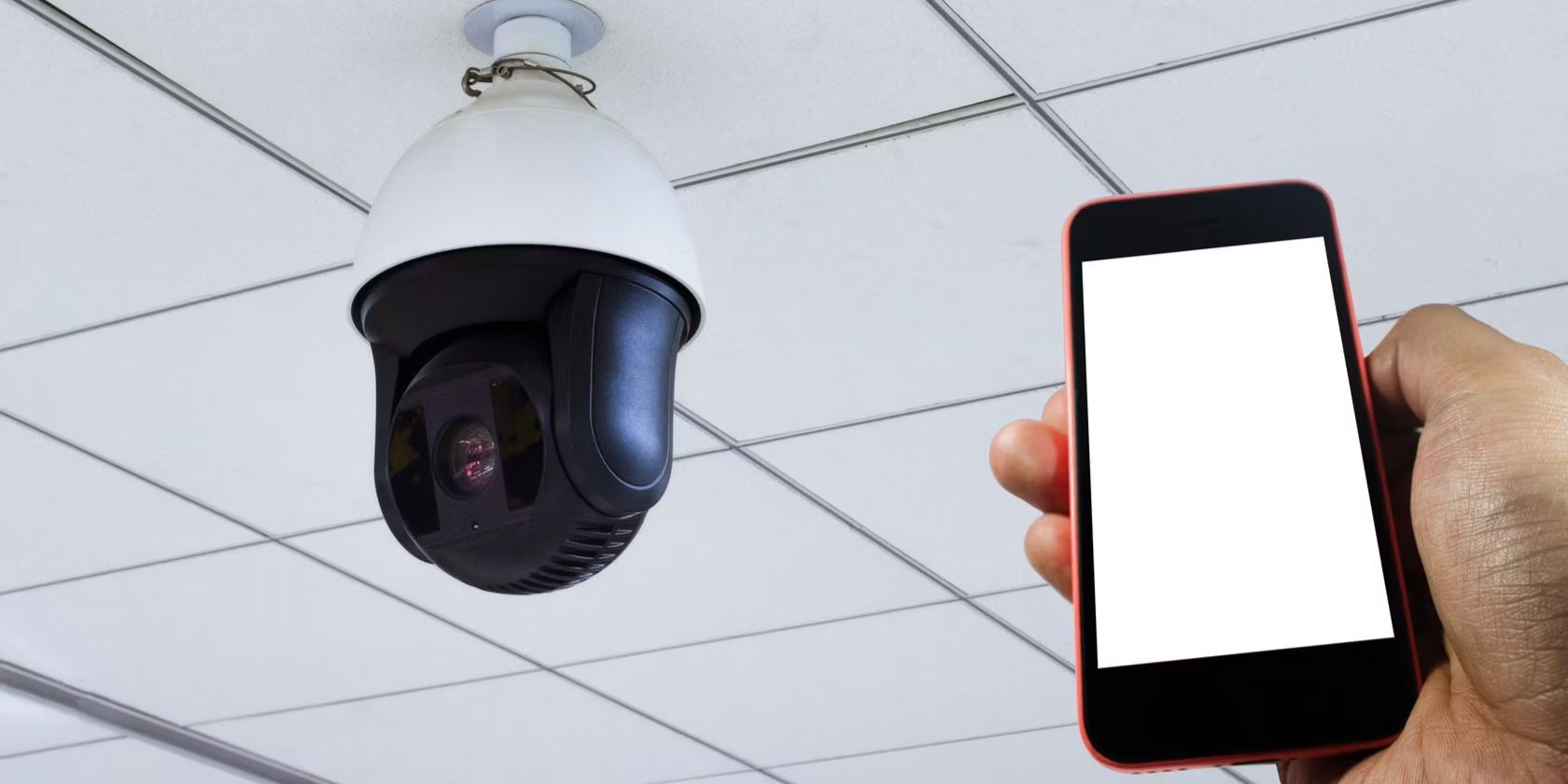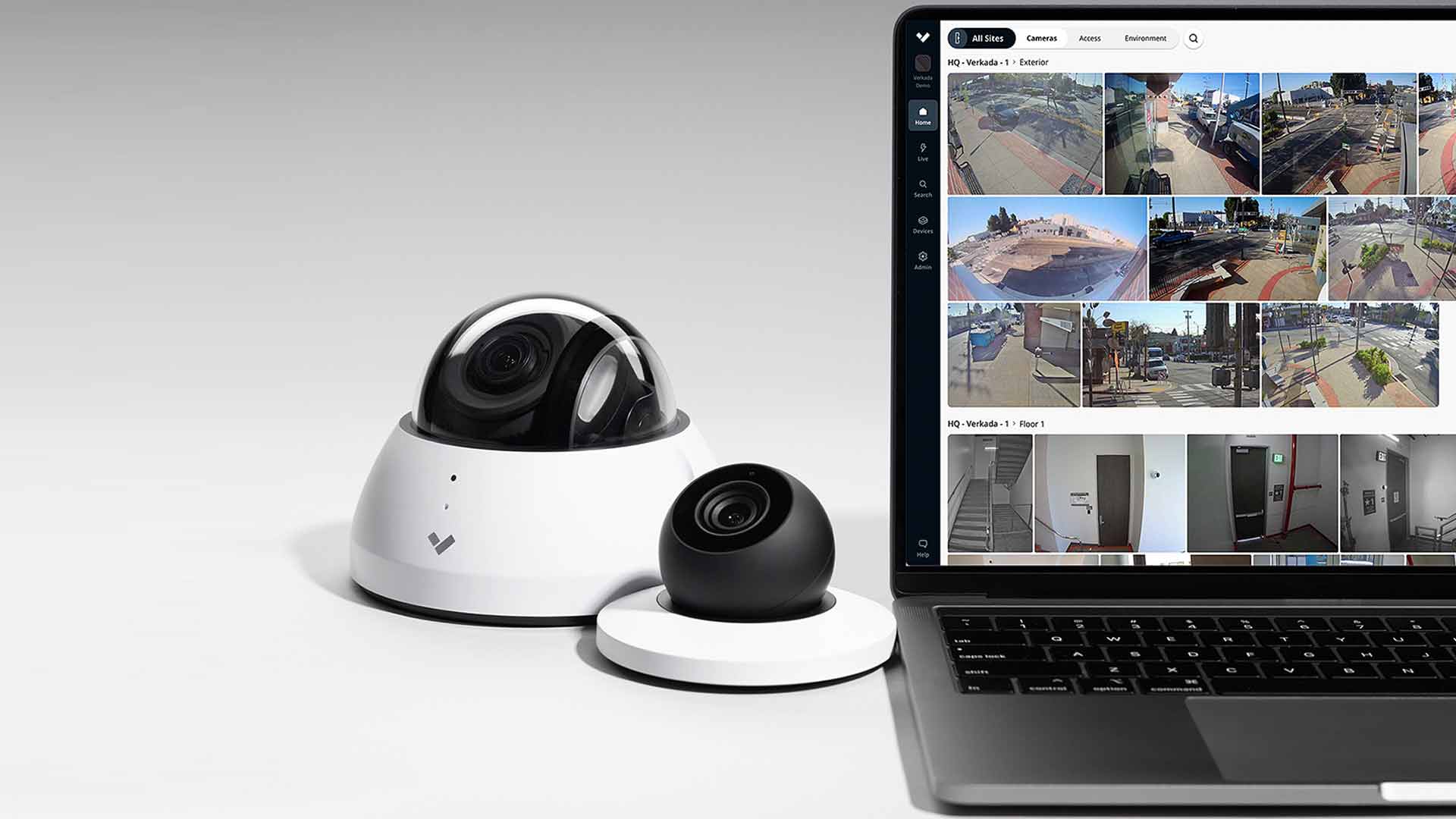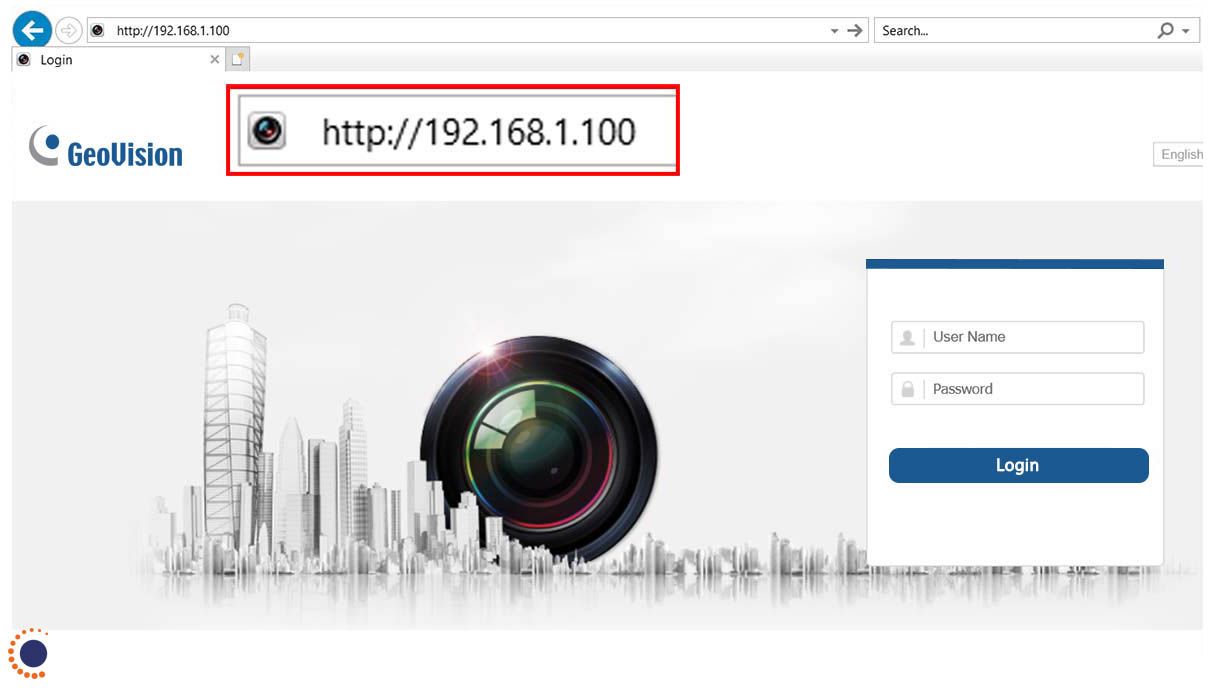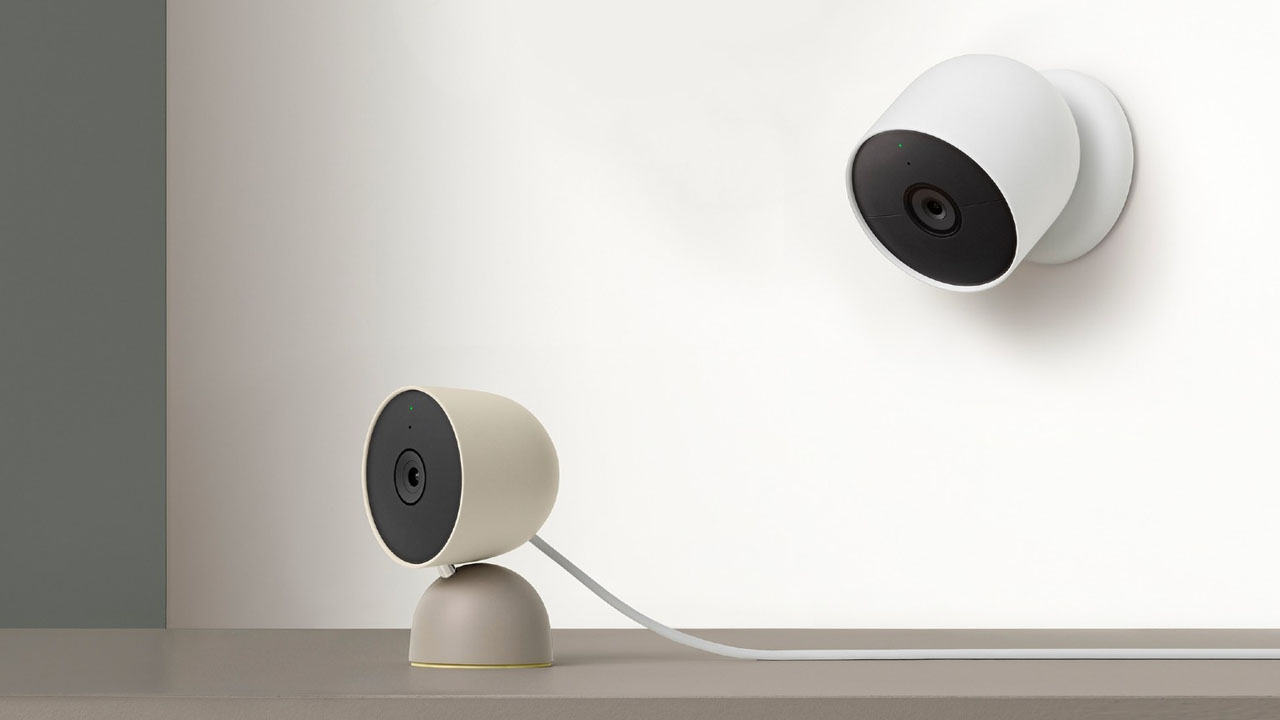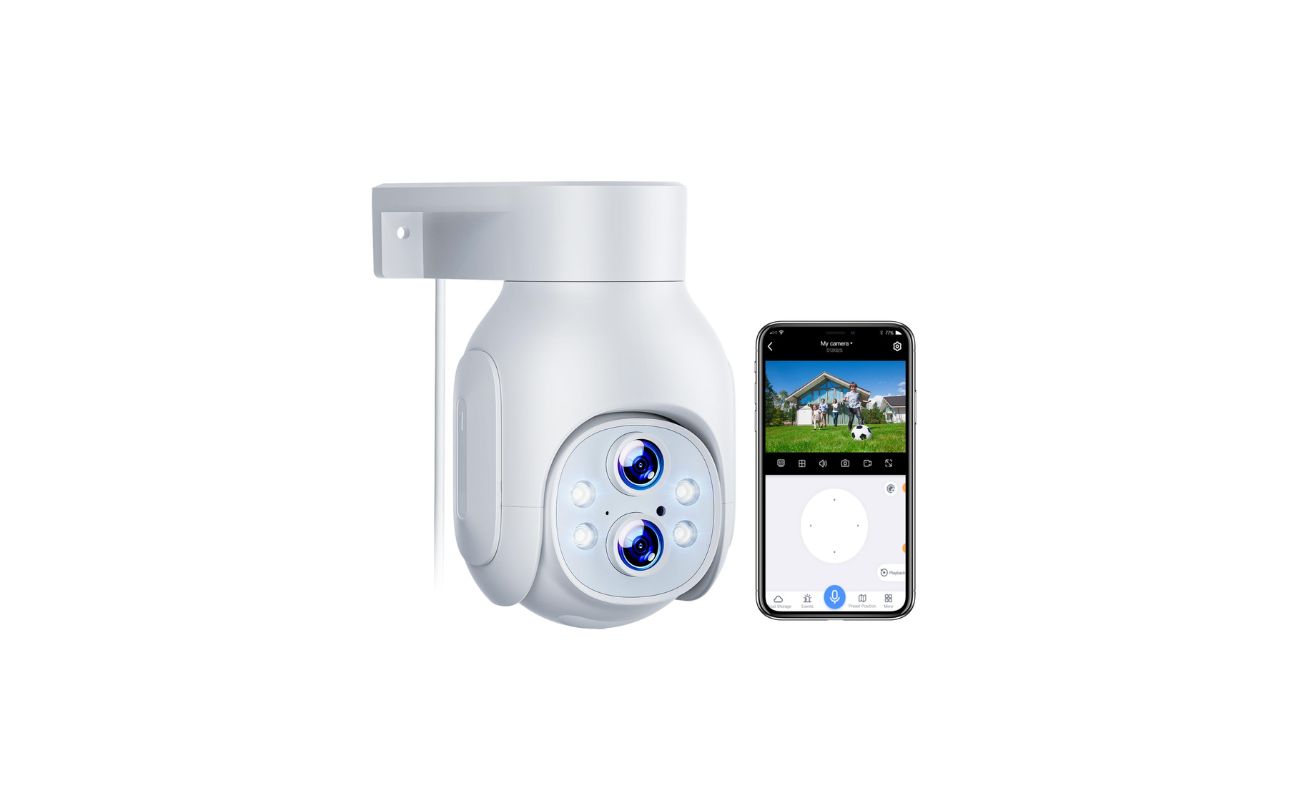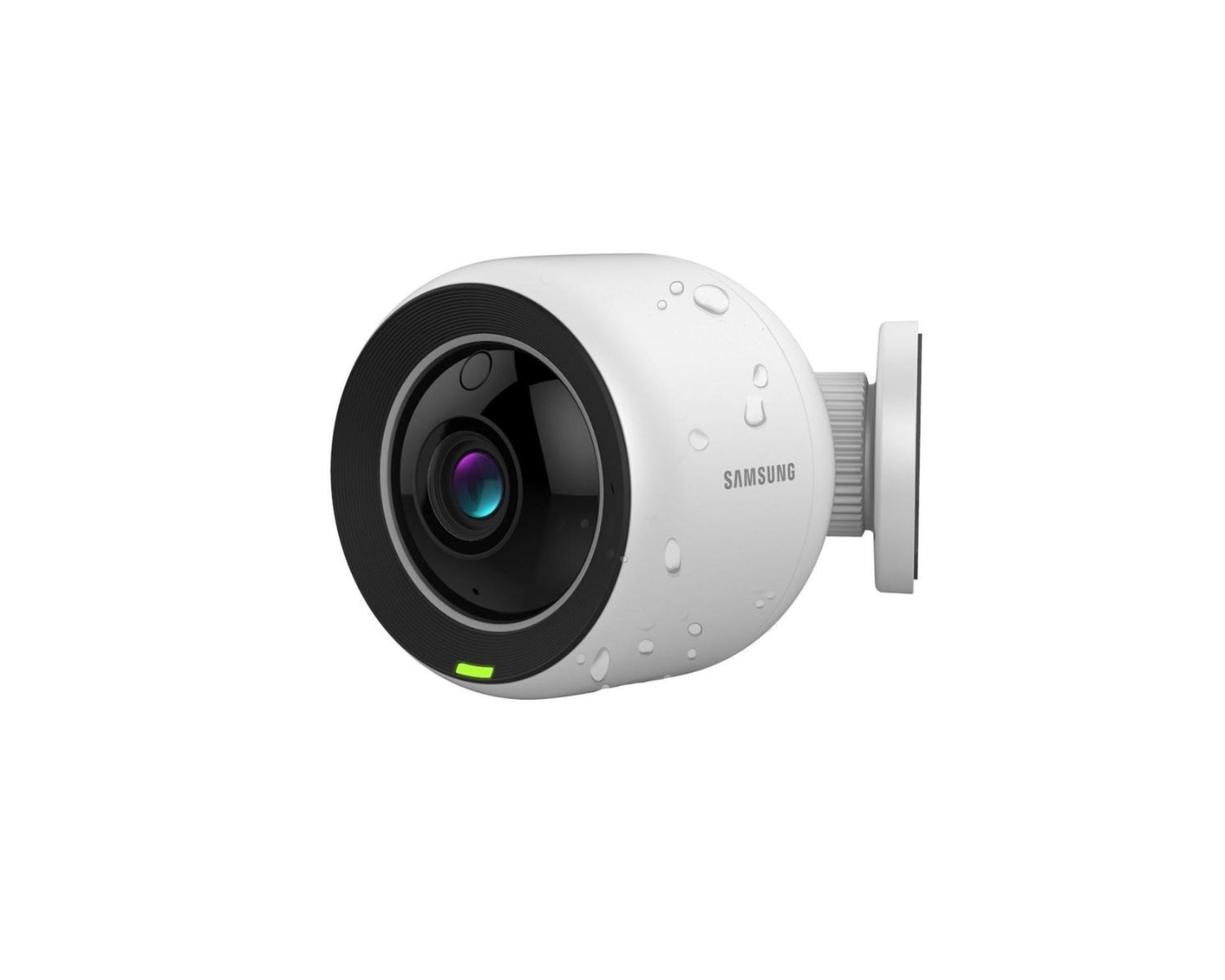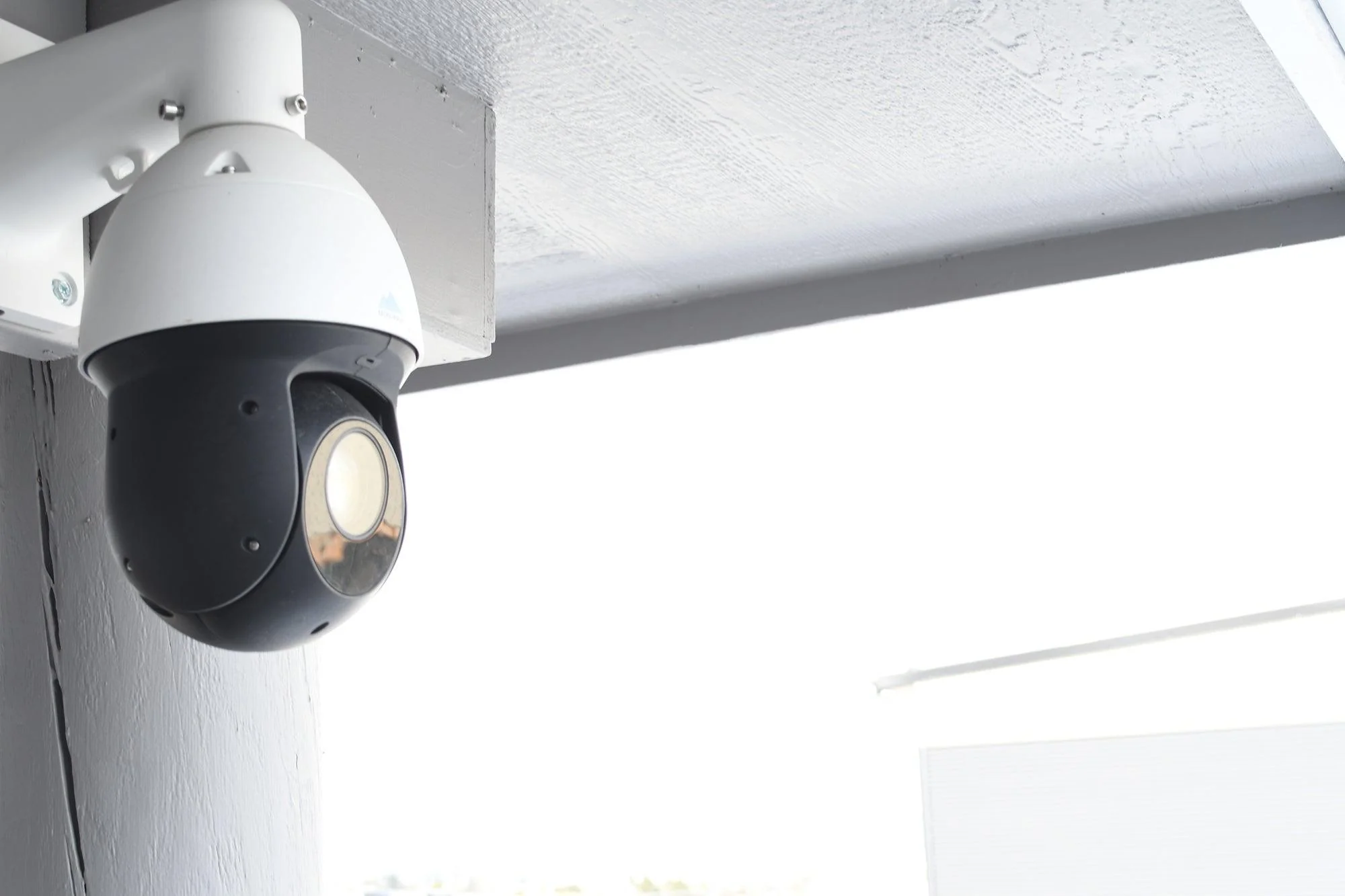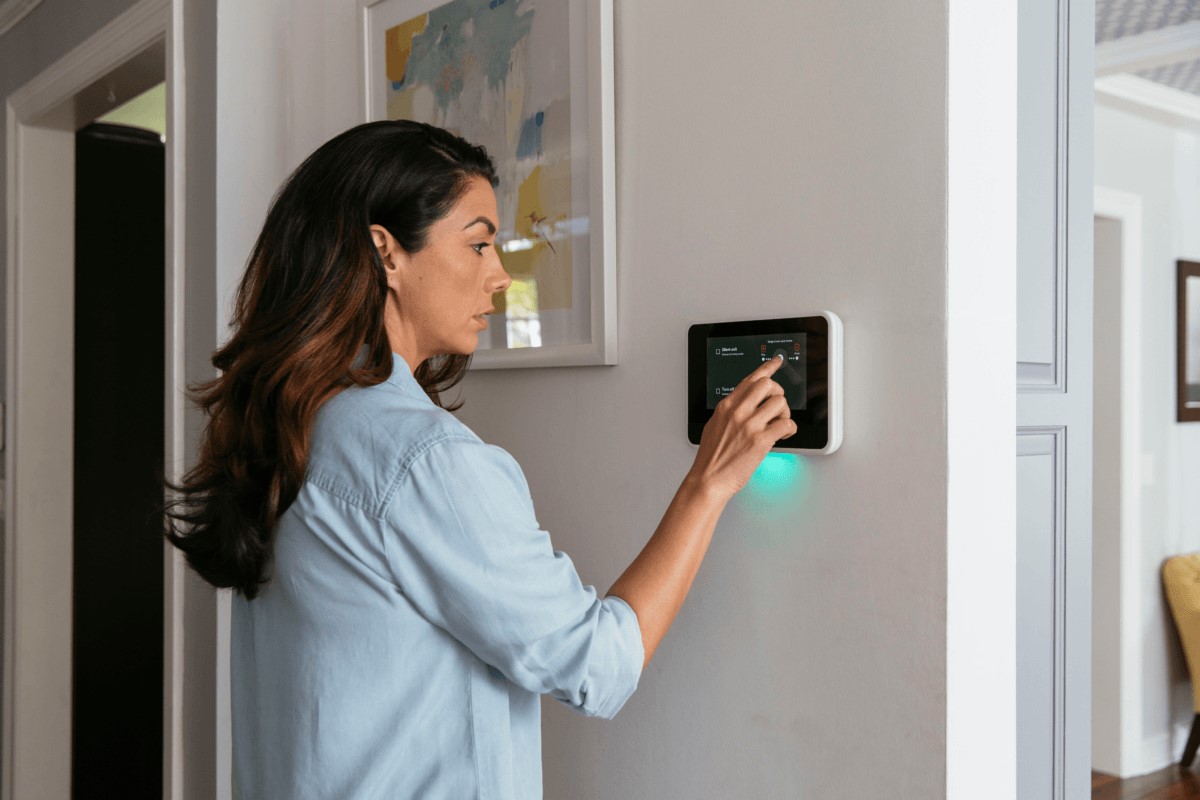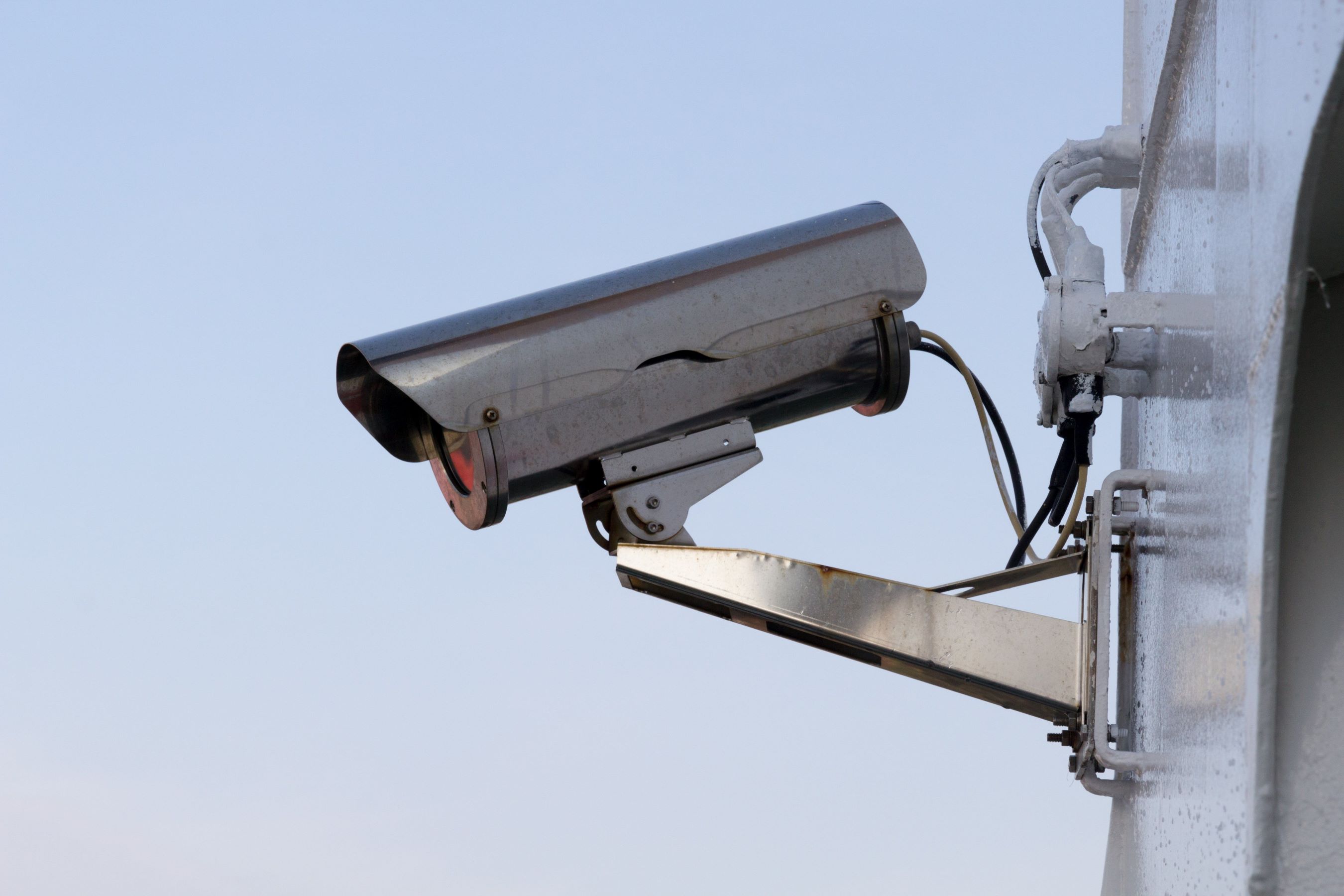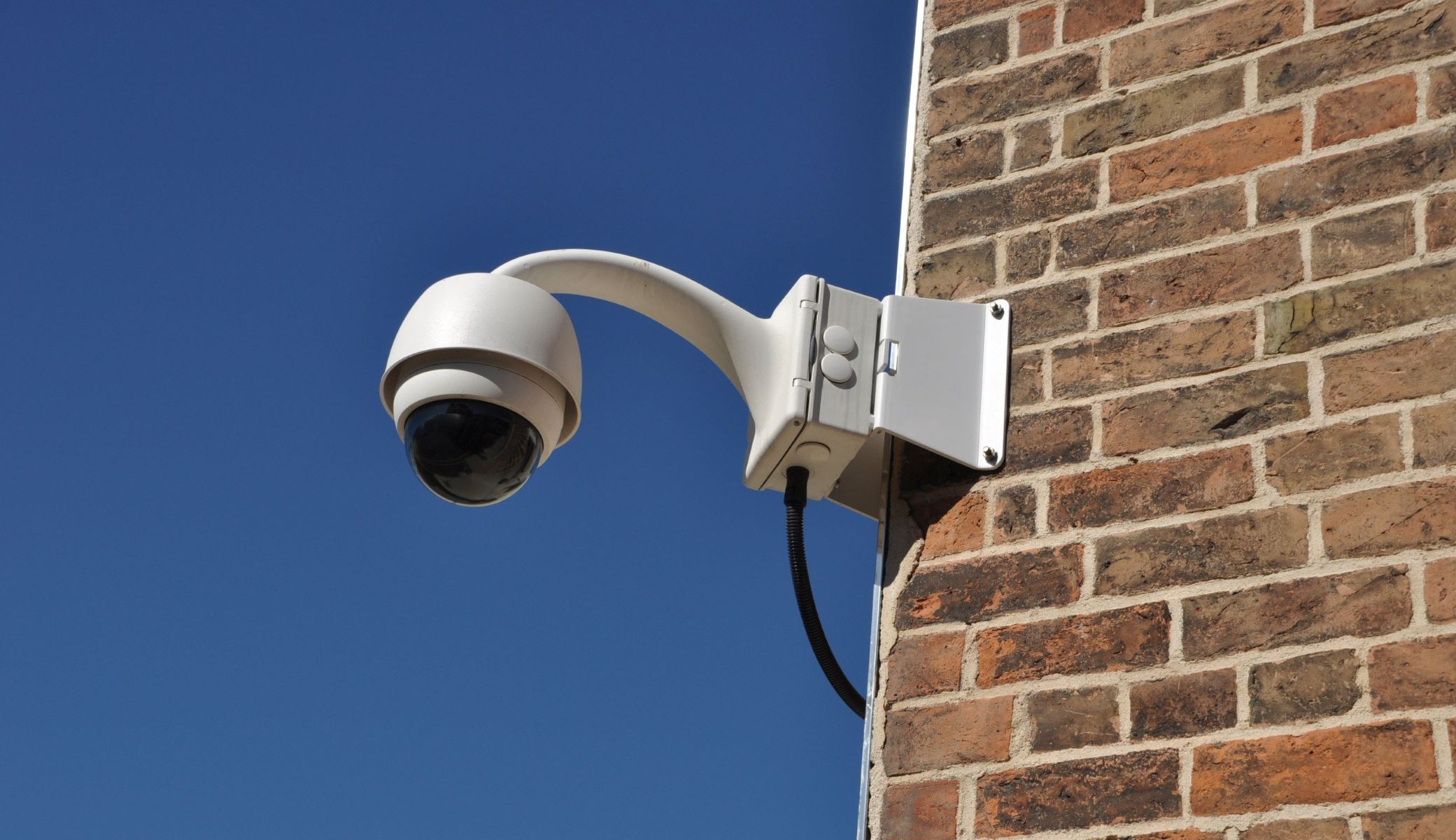Home>Home Security and Surveillance>How To Fix My Home Surveillance Cameras That May Be Hacked
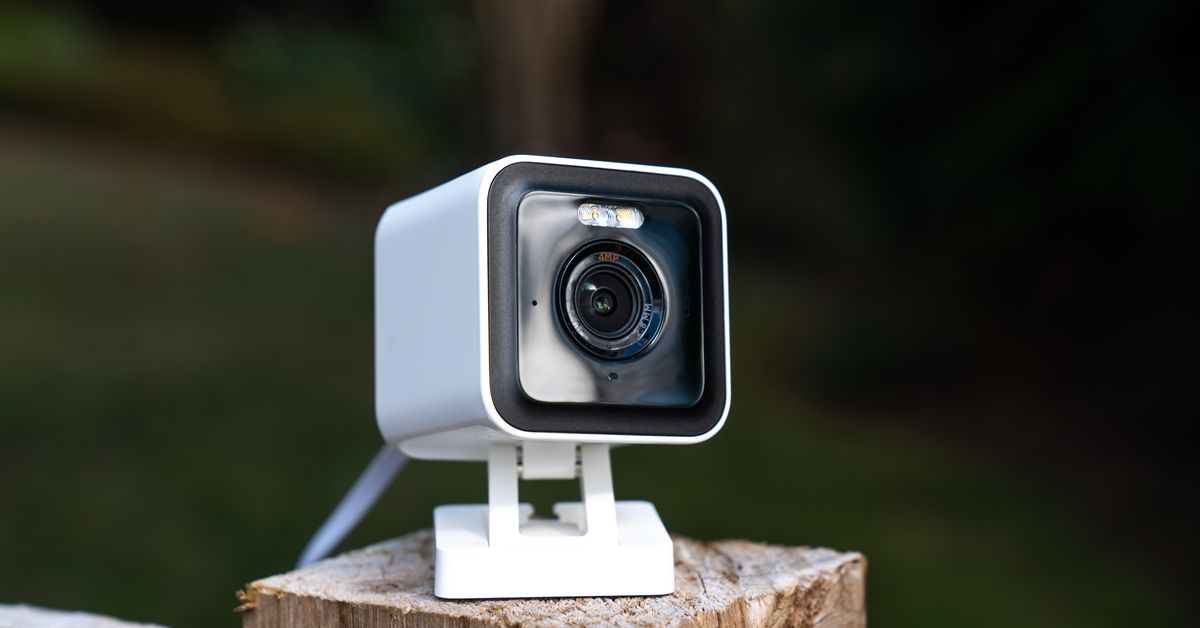

Home Security and Surveillance
How To Fix My Home Surveillance Cameras That May Be Hacked
Modified: March 6, 2024
Learn how to secure your home surveillance cameras and protect against potential hackers with our comprehensive guide on home security and surveillance.
(Many of the links in this article redirect to a specific reviewed product. Your purchase of these products through affiliate links helps to generate commission for Storables.com, at no extra cost. Learn more)
Introduction
Welcome to the world of home surveillance and security. As technologies continue to advance, the need for robust home security systems has become increasingly important. Home surveillance cameras provide homeowners with peace of mind and a sense of security, allowing them to monitor their property and loved ones remotely. However, with these advancements comes the risk of cyber threats, including the potential hacking of your home surveillance cameras.
In recent years, there have been numerous reports of hackers gaining unauthorized access to home surveillance systems, compromising the privacy and security of homeowners. This intrusion not only poses a threat to your personal safety but can also lead to the misuse of your footage and sensitive information.
It is crucial to be aware of the signs that indicate your home surveillance cameras may be hacked. By recognizing these signs early on, you can take the necessary steps to address the issue and protect your privacy. In this article, we will discuss the signs that may indicate your home surveillance cameras have been hacked, how to determine if they are hacked, and the steps you can take to fix the issue and prevent future breaches.
Key Takeaways:
- Signs of Hacked Cameras
If your home surveillance cameras start acting weird, detect unfamiliar devices, or experience unexplained downtime, they may be hacked. Keep an eye out for these signs to protect your privacy. - Protecting Your Cameras
To safeguard your home surveillance cameras from hacking, use strong passwords, update firmware regularly, and secure your network. Stay vigilant, back up footage, and consult professionals if needed.
Read more: How To Hack Into Security Cameras
Signs of Home Surveillance Cameras Being Hacked
It is essential to be vigilant and look out for signs that may indicate your home surveillance cameras have been compromised. Here are some telltale signs that your cameras may be hacked:
- Unusual Camera Behavior: If you notice any strange or unusual activity from your surveillance cameras, such as sudden movements or panning without your command, it could be a sign that someone has gained unauthorized access.
- Unfamiliar Devices on Your Network: Keep an eye on the devices connected to your home network. If you notice unknown devices that you haven’t authorized, it could be an indication that someone has breached your security system.
- Recognition Failure: Home surveillance cameras often come with facial recognition capabilities. If your cameras fail to recognize familiar faces or start detecting unrecognized individuals, it could be due to a hack.
- Strange Noises or Voices: Another sign of a potential hack is if you start hearing unusual noises or voices coming from your surveillance system. This could indicate that someone has gained control of the audio feed.
- Inexplicable Camera Downtime: If you experience unexplained camera downtime or notice your cameras being offline when they should be functioning correctly, it could be a sign of tampering.
- Altered Camera Settings: Keep an eye on your camera settings. If you notice any changes in the settings, such as modified recording schedules or altered motion detection settings, it could be a red flag.
- Unauthorized Access: Lastly, if you receive any notifications or alerts indicating that your camera is being accessed from an unauthorized location or IP address, it’s a clear indication that your system may have been compromised.
If you observe one or more of these signs, it’s essential to take immediate action to ensure your home surveillance system’s security and protect your privacy. The next section will guide you on how to determine if your home surveillance cameras are hacked.
Steps to Determine If your Home Surveillance Cameras Are Hacked
If you suspect your home surveillance cameras have been hacked, it’s important to confirm your suspicions before taking corrective action. Here are some steps you can take to determine if your cameras have indeed been compromised:
- Check Camera Activities: Review the recent activities of your surveillance cameras. Look for any unusual or suspicious recordings, live streams, or motion detection notifications that you don’t recognize or remember initiating.
- Monitor Network Traffic: Monitor the network traffic on your home network using a reliable network monitoring tool. Look for any suspicious or unauthorized connections or data transfer that could indicate unauthorized access to your cameras.
- Review Camera Settings: Go through the settings of your home surveillance cameras. Check for any changes or modifications made to the settings without your knowledge, such as altered network configurations or user permissions.
- Perform Firmware Check: Ensure that your cameras are running the latest firmware version. Manufacturers often release firmware updates to address security vulnerabilities. If your cameras are running outdated firmware, they may be more prone to hacking.
- Scan for Malware: Run a thorough malware scan on all the devices connected to your home network, including your cameras. Malware can be used as a tool to gain unauthorized access to your cameras and compromise your security.
- Check Login Credentials: Verify that your login credentials for accessing your camera’s admin panel or mobile app are secure. Change your passwords regularly, use strong and unique passwords, and enable two-factor authentication if available.
- Consult with Professionals: If you have exhausted all the steps and are still unsure about the security of your surveillance system, it is advisable to consult with professionals or hire a reputable cybersecurity firm to conduct a thorough security audit.
By following these steps, you can assess the security of your home surveillance cameras and determine if they have been hacked. If you confirm a breach, don’t panic. The next section will provide guidance on how to fix hacked home surveillance cameras and restore your security.
Change the default passwords on your surveillance cameras to strong, unique ones. Regularly update the camera’s firmware to protect against known vulnerabilities.
How to Fix Hacked Home Surveillance Cameras
Discovering that your home surveillance cameras have been hacked can be unsettling, but it’s crucial to take immediate action to rectify the situation. Here are the steps you can take to fix hacked home surveillance cameras:
- Disconnect from the Internet: The first and most critical step is to disconnect your compromised surveillance cameras from the internet. This will prevent any further unauthorized access and minimize the risk of data breaches.
- Reset the Cameras: Perform a factory reset on the affected cameras to erase any malicious configurations or unauthorized user accounts. Consult your camera’s user manual or manufacturer’s website for specific instructions on how to reset your cameras.
- Change Passwords: Change the login credentials for accessing your camera’s admin panel or mobile app. Choose a strong password that includes a combination of letters, numbers, and special characters. Avoid using common passwords or personal information that can be easily guessed.
- Update Firmware: Update the firmware of your surveillance cameras to the latest version provided by the manufacturer. Firmware updates often include security patches that address vulnerabilities that hackers may exploit.
- Secure Your Network: Enhance the security of your home network to protect your surveillance cameras from future hacking attempts. Change the default username and password of your router, enable WPA2 encryption, and consider using a virtual private network (VPN) for added protection.
- Enable Two-Factor Authentication: If your cameras support it, enable two-factor authentication (2FA) for an extra layer of security. This will require you to provide a second form of authentication, such as a code sent to your mobile device, to access your cameras.
- Install Anti-Malware Software: Install reputable anti-malware software on all devices connected to your home network, including your computers and smartphones. Regularly scan for malware to detect and remove any potential threats.
- Monitor Regularly: Stay vigilant and regularly monitor the activities of your surveillance cameras for any suspicious behavior or unauthorized access attempts. Keep an eye on your camera settings and review any notifications or alerts that indicate potential security breaches.
By following these steps, you can effectively address the issue of hacked home surveillance cameras and restore the security and privacy of your surveillance system. However, prevention is always better than cure. In the next section, we will discuss preventive measures to protect your home surveillance cameras from hacking attempts.
Preventive Measures to Protect Home Surveillance Cameras from Hacking
Securing your home surveillance cameras is essential to prevent hacking attempts and safeguard your privacy. Here are some preventive measures you can take to protect your surveillance cameras from being hacked:
- Use Strong Passwords: Create strong and unique passwords for your surveillance cameras’ admin panel and mobile app. Avoid using common or easily guessable passwords. Consider using a password manager to securely store your credentials.
- Enable Two-Factor Authentication (2FA): Whenever possible, enable two-factor authentication for an additional layer of security. This will require you to provide a second form of authentication, such as a code sent to your mobile device, to access your cameras.
- Keep Firmware Up to Date: Regularly check for firmware updates provided by the camera manufacturer and install them promptly. Firmware updates often include security patches that address vulnerabilities and protect against hacking attempts.
- Secure Your Network: Strengthen the security of your home network. Change the default username and password of your router, enable network encryption (WPA2), and disable remote access if you don’t need it.
- Regularly Monitor Camera Activities: Stay vigilant and regularly monitor the activities of your surveillance cameras. Review recordings, notifications, and alerts for any suspicious behavior or unauthorized access attempts.
- Protect Network Devices: Install and update reputable anti-malware software on all devices connected to your home network. Regularly scan for malware and remove any detected threats.
- Secure Wi-Fi Network: Ensure that your Wi-Fi network is protected with a strong and unique password. Limit access to your network by disabling guest network features and enabling MAC address filtering.
- Disable Universal Plug and Play (UPnP): Disable UPnP on your router to prevent potential vulnerabilities that hackers can exploit to gain unauthorized access to your cameras.
- Regularly Backup Footage: Create regular backups of your surveillance footage to a secure location. In the event of a hack or system failure, you won’t lose your valuable recordings.
- Research and Select Secure Cameras: Before purchasing home surveillance cameras, research the security features and reputation of the manufacturer. Choose cameras that offer robust security measures, including encryption and regular firmware updates.
By implementing these preventive measures, you can significantly reduce the risk of your home surveillance cameras being hacked. It is important to stay proactive and stay updated on the latest security practices to ensure the privacy and security of your surveillance system.
Read more: How To Hack Into A Wired Security Camera
Conclusion
Protecting the security and privacy of your home surveillance cameras is crucial in today’s connected world. With the increasing threat of hacking attempts, it’s essential to be aware of the signs of a compromised system and take immediate action to fix any issues that arise.
In this article, we discussed the signs that may indicate your home surveillance cameras have been hacked, the steps to determine if they are compromised, and how to fix hacked cameras. We also covered preventive measures to protect your surveillance cameras from hacking attempts.
Remember to stay vigilant and regularly monitor the activities of your surveillance cameras. Stay proactive by implementing strong passwords, enabling two-factor authentication, and keeping your firmware up to date. Take steps to secure your home network and regularly backup your footage.
In case you suspect a hack or are unsure about the security of your surveillance system, it is always advisable to consult professionals or hire a reputable cybersecurity firm to conduct a thorough security audit.
By applying these preventive measures and following the steps outlined in this article, you can enhance the security of your home surveillance cameras, ensuring the safety of your loved ones and the privacy of your property.
Stay informed, stay protected, and enjoy the peace of mind that comes with a secure home surveillance system.
Frequently Asked Questions about How To Fix My Home Surveillance Cameras That May Be Hacked
Was this page helpful?
At Storables.com, we guarantee accurate and reliable information. Our content, validated by Expert Board Contributors, is crafted following stringent Editorial Policies. We're committed to providing you with well-researched, expert-backed insights for all your informational needs.
